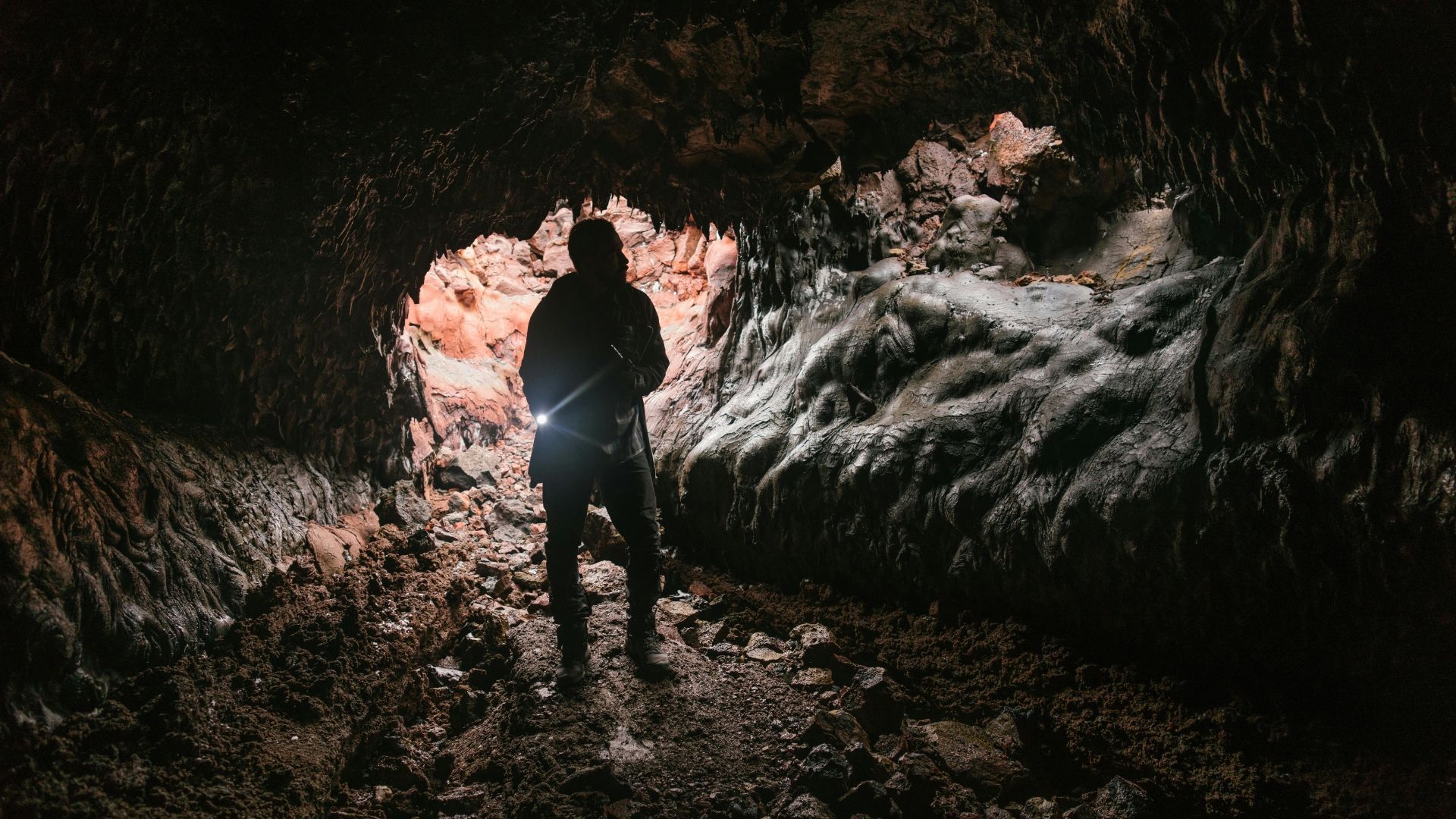Britain's oldest decorated wooden object found in Berkshire
What can the fragment of timber found in Berkshire tell us about the past? Learn more about the exciting discovery chanced on by a local landowner.

Last month, the oldest decorated wooden object in Britain was revealed – a piece of carved wood discovered near Stonehenge.
This unassuming, metre-long piece of decorated timber was found in a layer of peat a metre-and-a-half underground in the Berkshire village of Boxford.
Duncan Wilson of Historic England has said that "this exciting find has helped to shine new light on our distant past".
It could provide new insights into the history of Stonehenge – or it could tell us more about human migration in the days of the hunter-gatherer.
The discovery
The timber fragment was unearthed by local landowner Derek Fawcett, a retired urological surgeon, who was busy constructing an outbuilding.
Luckily for us, he noticed that it was "clearly very old and appeared well preserved in peat" – and decided against chucking it onto the bonfire or into a skip.
Instead, he contacted the archaeologist Sarah Orr. Together, they hosed it down and noticed some markings that appeared manmade. Since then, they've been working with a multidisciplinary team of scientists and archaeologists to find out more about the object.
It's made from oak and appears to date from between 4640 and 4605 BC. To put that in perspective, that's around 4,500 years before the reign of Julius Caesar – and makes the object almost 6,000 years older than the
Mary Rose.
What can it tell us about the Mesolithic period?
The area around Stonehenge is widely believed to have been a place of worship for thousands of years before the monument was erected.
In the 1960s, archaeologists suggested that giant timber obelisks had been erected there over 5,000 years before Stonehenge was built.
But only the holes have been found, meaning that archaeologists don't have a clear idea of what these totem poles looked like.
The timber discovered at Boxford could be a clue to what they looked like. It may once have been part of a larger wooden obelisk.
A similar-looking fragment was found near Maerdy in South Wales in 2012. It also resembles the biggest and oldest example of its kind – the Shigir Idol from central Russia, which stands five metres tall and is believed to be 12,000 years old.
The discovery may, then, shed new light onto the history of Stonehenge and give new evidence of religious activity on the site before the world-famous stone monuments were erected.
But it could also be evidence of human migration in Neolithic times. The Shigir Idol has eerily similar markings to those found in the 11,000-year-old Göbekli Tepe Temple in Turkey.
Could the timber fragment found in Boxford provide more evidence of "long-distance contact and a shared sign language over vast areas", as archaeologist Marcel Niekus
suggests?
It's too soon to say – but work is being done at Historic England's science facility in Portsmouth.
As Duncan Wilson told the press: "Amazing discoveries like these remind us of the power of archaeology to uncover the hidden narratives that connect us to our roots."
What else can peat preserve?
The fragment at Boxford was found in a layer of peat.
Peat is important to the environment for several reasons – not least because it stores carbon, provides a habitat for many species and helps control floods by holding up to 20 times its own weight in water.
But it's also incredibly good at preserving things. Archaeologists can reconstruct past environments and draw conclusions about how land use has changed over time by looking at the plant remains preserved in peat.
It can also preserve people. You might have heard of "bog bodies" – the human remains exhumed from peat bogs across Europe.
In the Bronze and Iron Ages, people would make human sacrifices to the gods and dispose of them in peat bogs.
Thousands of years later, they have been dug up in Scotland, England, Ireland, northern Germany and Denmark, preserved to an eerie degree by the acidic water in the bogs.
Perhaps the most famous example is the Tollund Man – a fifth-century-BC Iron Age bog body found in Jutland, Denmark. His body is so well-preserved that he was initially believed to be the victim of a recent murder.
Scholars say that the Tollund Man was probably hanged to death as part of a human sacrifice rather than executed as a criminal.
He was famously memorialised by Seamus Heaney in his poem "The Tollund Man", which mentions "his peat-brown head, / The mild pods of his eye-lids, / His pointed skin cap."
Peat has these preservative powers because of its acid levels, low temperature and lack of oxygen. Millenia-old bodies can be dragged out of peat with an almost statuesque appearance. The main evidence of age is the severely tanned skin.
Peat can preserve materials that contain keratin including skin, hair, nails, wool and leather. Bones fare less well, dissolving in the peat's acid.
When was the Mesolithic era?
The Mesolithic era – or Middle Stone Age – lasted from around 9,000 to 4,300 years ago.
It was during the period that early man migrated north across the British Isles. Scholars used to think that Mesolithic Brits were nomadic, but dwellings in Yorkshire, Northumberland and elsewhere suggest that people had seasonal or permanent residences too.
They were hunter-gatherers who relied on flint to make rudimentary tools for hunting and fishing. Animals provided them with food as well as materials for clothes and shelter. Their diet was built around meat, egg, grains and foraged fruits.
The dinosaurs were long gone – but Britons shared the country with megafauna like sabre-toothed tigers and woolly mammoths.
It was a dangerous existence with a short life expectancy. Even so, there's evidence that Stone Age men and women sang, made decorative pottery and drew on cave walls.
At Stump Cross Caverns, we're mad about the Stone Age. We have a fascinating, mysterious network of underground caverns that you can visit, as well as a calendar bursting with unique events and experiences. Book today for an unforgettable
family day out in Yorkshire.














